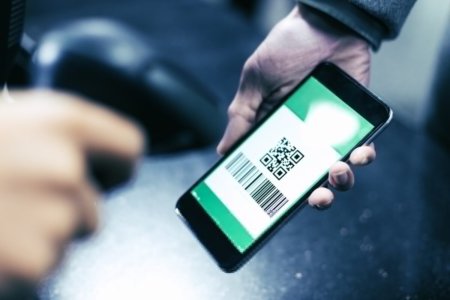
The central banks of Singapore, Australia, Malaysia, and South Africa are set to introduce a platform for cross-border transactions — which will make digital payment for students easier, faster, and cheaper for transfers between these countries. International students (and the universities they go to) stand to benefit from such a platform.
It is a move that encourages wider adaptation of modern payment methods across major economies, including international education. The digital payment platform — which will use central bank digital currencies (CBDCs) — is being developed at Singapore’s Bank for International Settlements (BIS). Its prototype is expected to debut at Singapore’s FinTech Festival 2021 in November.

International credit card transactions can incur high transaction fees. Digital methods can eliminate them. Source: Damien Meyer/AFP
How will this digital payment platform work?
The Monetary Authority of Singapore (MAS), Reserve Bank of Australia (RBA), Bank Negara Malaysia, and South African Reserve Bank will first build a shared-platform prototype with multiple CBDCs. This will allow people from each participating country to perform transactions with their foreign counterparts, even if they are using different digital currencies.
Bank Negara’s assistant governor Fraziali Ismail hailed its “potential to serve as a foundation for a more efficient international settlement platform.” RBA’s assistant governor of financial system Michele Bullock added that it would improve the “speed, cost, and transparency” of these cross-border transactions.

Digital payments via e-wallet are becoming more popular among young people in China and India. Source: Nicholas Asfouri/AFP
Digital payment for students: Potential future perks
Right now, 86% of the world’s central banks are already exploring the application of CBDCs in global payments — 60% are trialling technology, while 14% are running pilots. It shows that more countries are open to revolutionising their central banking systems, which is great news for those looking for options in digital payment for students.
It’s no secret that international students pay high tuition fees to access quality education overseas. Using digital payment methods allow parents or family back home to directly transfer fees to the university, without the hassle and additional costs of international wire transfers and credit card transactions. It’s a convenience that has the potential to not only be safer, but also provide peace of mind for all parties involved. Universities stand to save millions each year in credit card transaction fees alone.
Digital payments are already well adopted in major international student source countries such as China and India — mainly using e-wallets. With the introduction of a central service for Singapore, Australia, Malaysia, and South Africa, digital payments will continue to grow into a future ecosystem where it becomes the norm for international universities and their students.










